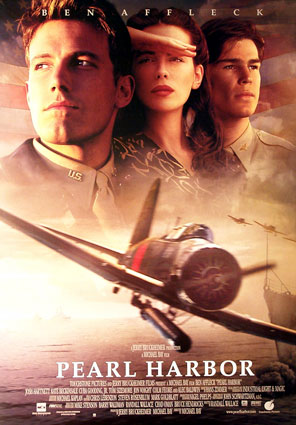The 'WATCHING' Documentary is an excellent guide to more information about thriller film title sequences:
01) Thomas Sutcliffe: "
Films need to seduce their audience into long term commitment. While there are many types of seduction, the temptation to go for instant arousal is almost irresistible"
Explanation: The audience should be committed to sitting and watching a movie for two hours. The movie must be persuasive; the audience need to be drawn in by the opening to make this commitment of watching the full movie.
02) According to Director Jean Jacques Beineix the risks of 'instant arousal' are the question of 'what am I going to do next?' If the movie is dramatic and fast immediately, then what will keep the audience interested enough to watch the rest of the film?
03) "A good begining must make the audience feel that it doesn't know nearly enough yet, and at the same time make sure that it doesn't know too little" The key aspect in thrillers is to create suspense, this can be done through mise en scene, this way you can control how predictable the movie is going to be.
04) According to Stanley Kauffmann the classic opening begins with an establishing shot, then moving on to a close up of the building, then to the window, through the window we move forward towards the desk. The audience need to know where the action is taking place, it's the typical organisation of the world. We then move on to where we meet the main character this is still all part of the movement, and slowly enticing your audience.
05) Kyle Cooper's title sequence to the opening scene of 'Se7en' is so effective because it is not boring. You are already practically watching the movie in between each of the titles, but it's almost like little tasters building up for the big climax. When you are watching a movie, seeing a small part of foreshadow for the rest of the film keeps the audience interested.
06) Orson Welles wanted to achieve gripping and shocking reaction from the audience before giving the audience a break in the movie
'The touch of Evil'. He did not want to add any titles to it because he wanted to move straight into the action but Universal Studios had put titles on it anyway.
07) "A favourite trick of Film Noir" is when the audience sees what happens at the end of the movie, and only after the opening start with 'what happened from the begining'
08) The opening in the film 'The Shinning' creates suspense by getting an establishing shot of the location, and then slowly moving on to a helicopter high angle shot following a car through an isolated area. The helicopter follows the car like a predator which creates suspense and excitement of not knowing what is going on towards the audience.









_by_Erling_Mandelmann.jpg)













